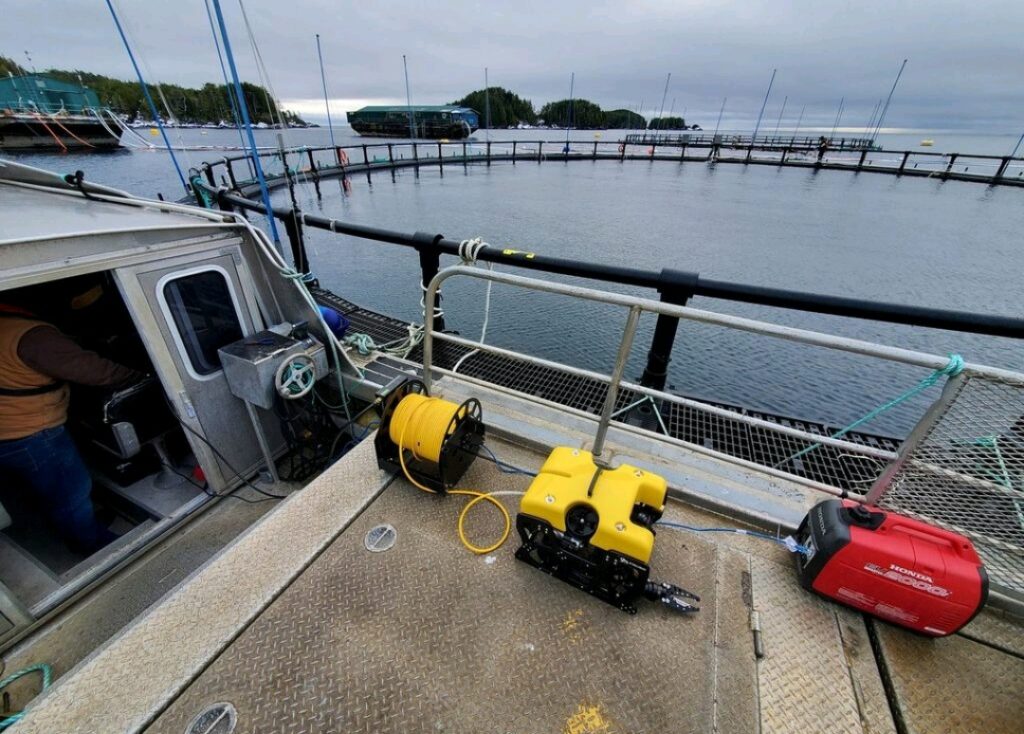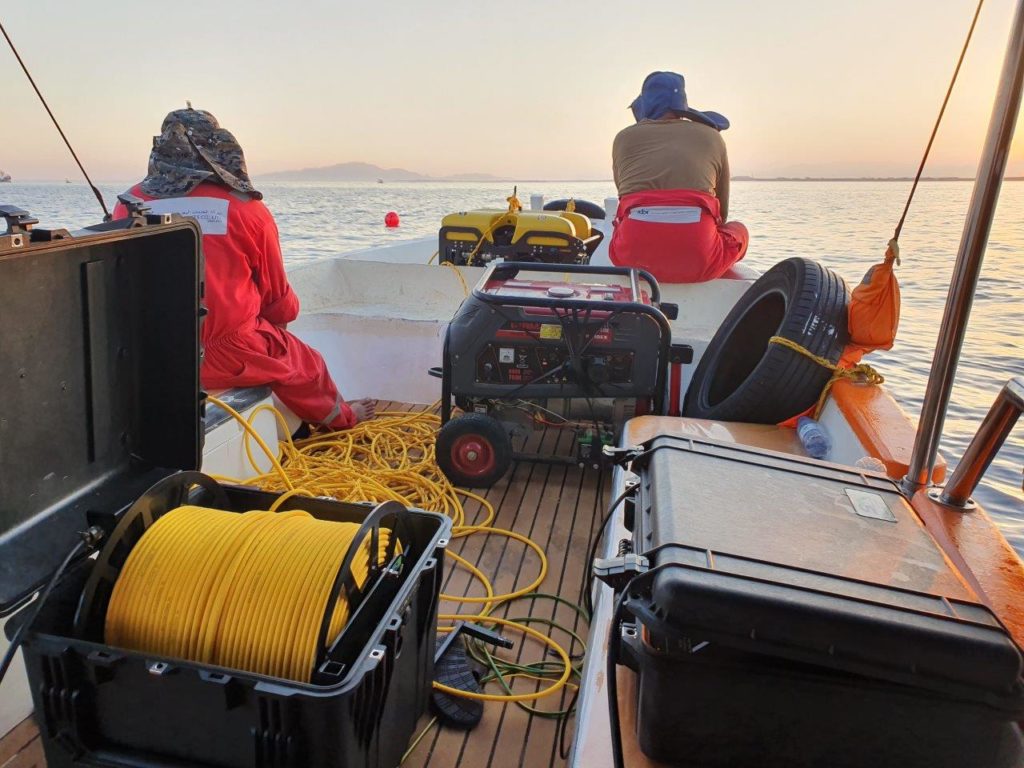There are several ROV power sources. Each with its own advantages and limitations. When selecting a power source for your ROV, consider factors such as the operational environment, mission requirements, depth, duration, weight constraints, safety, and cost. Depending on your specific needs, you may opt for a single power source or a combination of sources to ensure optimal performance and mission success. Different ROV manufacturers have different solutions to particular ROV needs. Choosing the right ROV is just as important as choosing the right ROV brand for your business.
You can use the listed points as part of your decision process when purchasing your next ROV.
Batteries
Lithium-ion batteries are widely used due to their high energy density, lightweight nature, and rechargeability. They are suitable for a variety of ROV applications and offer a good balance between energy capacity and weight. Lithium-polymer batteries are similar to lithium-ion batteries. However, they come with more flexible form factors, making them useful for ROVs with irregular shapes or confined spaces. A third type of battery that is used in ROV tech are lead-acid batteries. While they are heavy and lower in energy density, lead-acid batteries are cost-effective and suitable for some ROV applications. They are usually made for shorter mission durations.
When opting for battery power, consider the power needs of your ROV. If you have lots to do or have many tools in use at the same time, batteries might not be the best option. Often their energy capacity and time between charges is overstated. These stats are measured in laboratory conditions and not in your extreme work environments. The benefit of battery power is that you can more easily venture into remote areas without other power sources.

Tethered Power
ROVs can be powered through a cable (tether) that connects them to a surface vessel or a stationary power source like a generator. This approach allows for continuous operation without concerns about battery life. However, it limits the ROV’s range and mobility. Generators are not always accessible. However, tethered power is the better option for hard-working ROVs that catalogue many long days. This is why SEAMOR ROVs use tethered power. Our ROVs are made to be the work-horses of the inspection class ROV.
Tethered power also comes with the benefit that you can be more flexible with the use of your ROV accessories. More can be active at the same time and for longer. Depending on your work location your ROV may even be powered by renewable sources such as solar panels. Towed generators may also be used in some cases depending on power requirements and length of mission.
Fuel Cells
Fuel cells generate electricity by combining hydrogen and oxygen, producing water as a byproduct. They offer long-duration power and are especially suitable for extended missions. However, they can be complex to manage and require a supply of hydrogen. This is more common offshore and on permanent platforms. However, many ROVs work alongside rivers, lakes, hydro dams etc. and then fuel cells offer little extra benefits compared to standard tether power and batteries.
For more on ROV power sources and requirements, you can go to this post. Or, as always, come chat with us.

